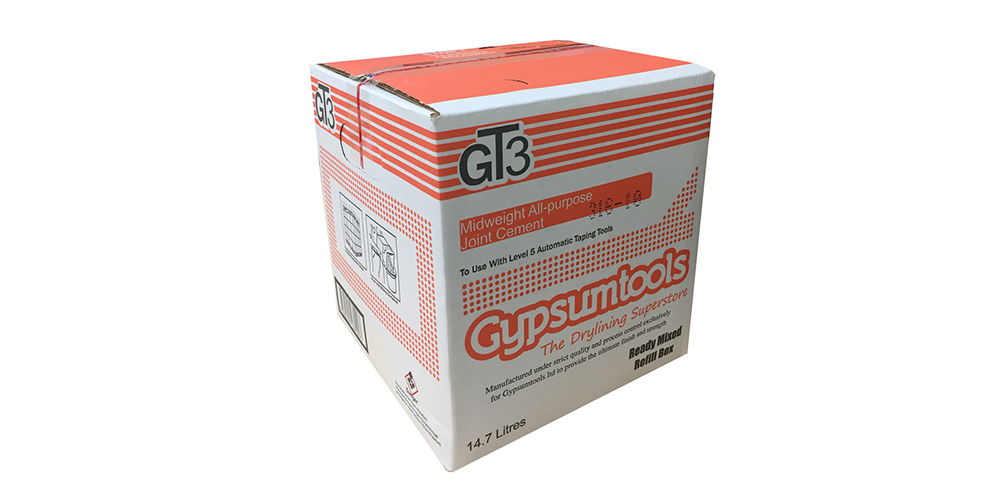When renovating, redecorating, or building somewhere new, chances are you’ll come across joint compound at some point in the taping process. And of course, if plastering is your profession, it will be something you’re already fully acquainted with.
For those wondering what is joint compound, then it’s a material that can be used as an alternative to traditional plastering to finish joints, corner bead, trim and fasteners, as well as for skim coating whole walls and ceilings. It’s not always referred to as joint compound either, often you might hear it described as mud or drywall taping mud too.
How Is It Used?
Joint compound is a creamy, toothpaste-like material, commonly used these days in hanging drywall in new builds and renovation projects, thanks to the speedy and simpler application than you might find with plaster.
It is spread across a surface to give it a smooth finish or cover up any blemishes or holes. And, in fact, many prefer it, because there is less level of skill needed and it is widely considered to be more forgiving than plaster, because of the greater possibility to smooth out and rectify mistakes.
What types of Joint Compound are there?
There are two main types of joint compound and here are the things to weigh up when you’re considering which joint compound to use:
Setting type joint compound
- Like plaster, setting compound comes as a powder which needs to be mixed with water and sets to a very hard finish.
- It is more moisture-resistant (which makes it great for damp areas, such as bathrooms).
- It sets very fast (perfect if time isn’t on your side).
- It comes with a variety of drying times, depending on the job you need it for and the area that you’re covering.
- It hardens quickly and shrinks very little, which means less chance of cracks.
- Considered to be the easiest option as it comes ready-made, which means no extra time spent mixing it up and less time clearing up afterwards.
- Easier to spread then the setting type.
- Water soluble (a plus point if you need to rectify mistakes, not so much of a good thing if you’re working in a damp area).
- Sands very easily.
- The fact that it hardens slowly over time through evaporation (or air drying) means it can be easily manipulated.
- And there’s no racing against time before it dries, so it’s perfect for large areas.
- The downside is that it takes a long time to dry (sometimes 24 hours), so you may only want to use it for a final coat or minor wall imperfections.
How is joint compound different from plaster
Plaster, as we know, is a material which has been used for centuries and there’s a good reason for that – it’s super tough. That’s why the walls of great castles and cathedrals have remained unblemished for hundreds of years. Plaster is pretty much impossible to damage with water and many kinds of impact, which is why these kind of walls have remained intact for so long.
Joint Compound Vs Plaster
But the thing about plaster is it takes a lot of skill to apply. And if you don’t know what you’re doing, then it’s a lot harder to fix your mistakes than it is with joint compound. So, while a highly experienced plasterer may take pride in the workmanship and levels of expertise needed to use plaster (not to mention, the durability of plastered walls), another plasterer, who is looking for speed and precision might favour joint compound instead.
Joint compound is also much easier to sand, which is why, when fixing plaster walls, people will often use this, instead of gypsum plaster to do it.
Order Your Joint Compound online
We have a range of joint compounds available at Gypsumtools. Order your joint compound online with us today.

